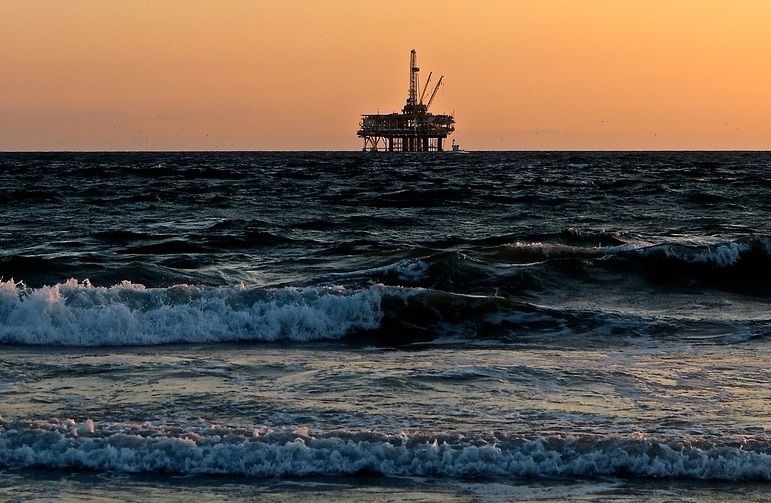Abandoned Wells Pump Thousands of Tonnes of ‘Fugitive’ Emissions
Published on by Water Network Research, Official research team of The Water Network in Academic
Thousands of tonnes of methane could be leaking into the North Sea every year from disused offshore oil and gas wells, according to a landmark new study that looked at three abandoned wells.
Methane is a much more powerful greenhouse gas than carbon dioxide and has the potential to warm the planet by 86 times as much as CO2, according to the Intergovernmental Panel on Climate Change.
The study published in the Environmental Science and Technology journal revealed that one-third of the North Sea region’s disused wells could be releasing between 3,000 and 17,000 tonnes of methane into the water annually.

The study was limited to abandoned offshore wells but so-called fugitive emissions could also be a problem for onshore and working offshore wells.
More importantly, the findings showed that 42% of emissions from three abandoned wells managed to escape the water and make it into the atmosphere, and the study’s authors warned that the gas leakage posed “a significant contribution to the North Sea methane budget”.
But despite the magnitude of the problem, the emissions are not currently monitored by any regulatory framework or included in any greenhouse gas inventory.
Matthias Haeckel, a marine biochemical researcher and one of the team that worked on the study, acknowledged that the gas that remains in the sea water has no significant effect. Its impact is limited to being used for nutrients by microbes and causing mild local acidisation.
Source: Euractiv
Media
Taxonomy
- Oil & Gas
- Environment
- Oil Field Chemicals
- Environment